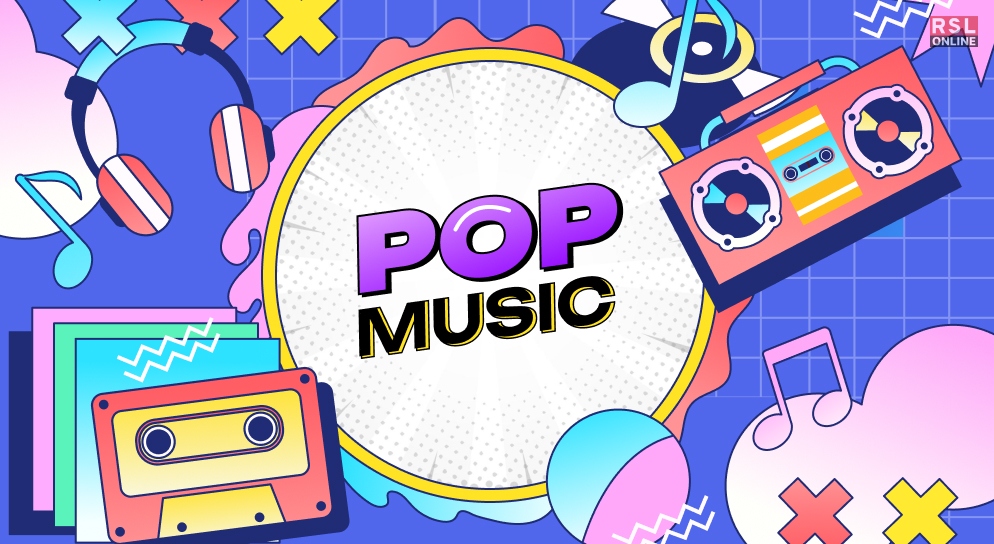Pop music is one of the most popular and influential genres of music in the world. It is a form of music that appeals to a wide and diverse audience. It often crosses the boundaries of culture, language, and geography.
But what is pop music, and how did it become such a powerful force in the 20th century? In this article, I will explore the history of pop music, its evolution and innovation, and its impact and legacy. So, if that is something that you find interesting, you have reached the spot!
Keep on reading this blog till the end to learn more…
What is Pop Music?
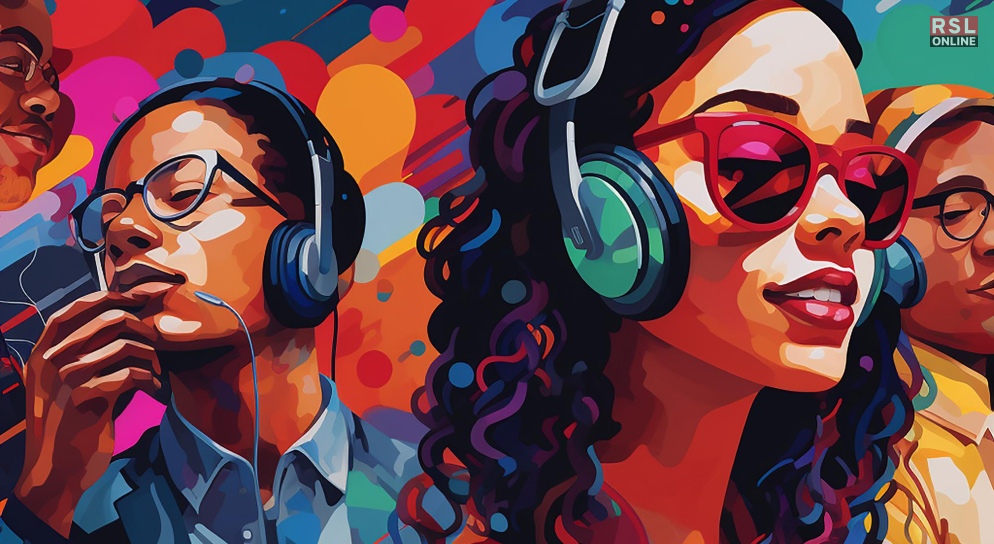
Pop music is a term that is hard to define, as it encompasses a variety of styles, sounds, and influences. However, a general definition of pop music is that it is music that is intended for mass consumption. It is a form of musical genre that is catchy and memorable. It is one that reflects the trends and tastes of the time.
Pop music often plays in contrast with other genres of music. These include classical, jazz, rock, folk, or country, which are popular for being more artistic, complex, or authentic. However, pop music is not necessarily inferior or simplistic.
I am saying this as it can also incorporate elements of other genres. Additionally, it can also experiment with new techniques and express social and political messages.
Pop music is also a dynamic and evolving genre. It is one that continuously adapts to the listeners’ changing preferences and expectations. Moreover, it also adapts to the technological and cultural developments of the era.
There are various factors that influence pop music. Some of them are the availability and accessibility of recording and broadcasting media. As I have already mentioned, the emergence and popularity of new musical instruments and devices also influence it.
Apart from these two, the rise and fall of different musical movements and subgenres, the influence and inspiration of other artists and genres, and the events and issues that shape society and the world also play major roles as factors.
History of Pop Music
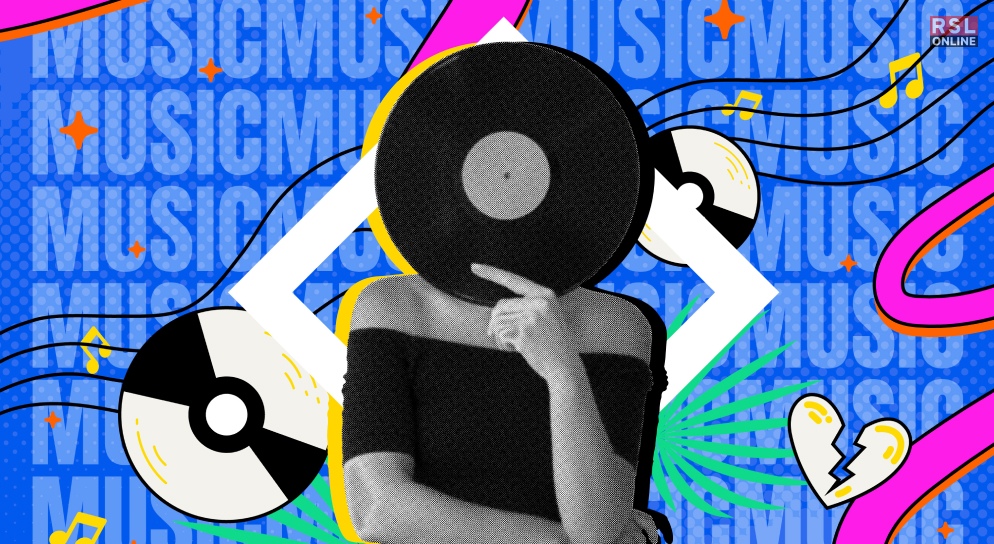
Pop music as we know it today emerged in the mid-20th century. It was a result of the convergence and fusion of several musical traditions and innovations.
Even before we started to know about the famous male or female pop singers, there were some key precursors and influences of pop music. Some of them are as follows:
Tin Pan Alley
Firstly, let’s talk about Tin Pan Alley. It was the name for the group of songwriters and publishers who dominated the American music industry from the late 19th century to the early 20th century.
They produced and distributed songs that were catchy, sentimental, and easy to sing along. They created songs often using sheet music and piano rolls.
Additionally, they catered to the tastes and demands of urban and middle-class consumers. Thereby, it influenced the genres of ragtime, jazz, blues, and Broadway musicals.
Blues
Secondly, Blues was a genre of music that originated from the African American communities in the southern United States, especially in the Mississippi Delta region.
Its expressive and emotional vocals and its use of the 12-bar blues chord progression are some of the things that characterize it.
Besides these two, its themes of hardship, sorrow, and love also play an important part in giving shape to the genre. It influenced the genres of jazz, rock and roll, soul, and R&B.
Jazz
Jazz was a genre of music that originated from the African American communities in the early 20th century, especially in New Orleans, Chicago, and New York.
Its use of syncopation, swing, improvisation, and complex harmonies characterize it. It influenced the genres of swing, bebop, cool jazz, and fusion.
Rock and Roll
Rock and roll was a genre of music that emerged in the 1950s as a fusion of blues, country, gospel, and R&B.
Some of the key things that play a characteristic role in this are its use of electric guitars, drums, and bass, its upbeat and energetic tempo, and its themes of rebellion, romance, and youth. It influenced the genres of rock, pop, and rockabilly.
Rock
Rock was a music genre that evolved from rock and roll in the 1960s due to the diversification and experimentation of different styles, sounds, and influences.
It was characterized by its use of amplified instruments, distortion, feedback, and effects, its complex and varied song structures and arrangements, and its themes of social and political commentary, identity, and creativity.
Moreover, it influenced the genres of hard rock, psychedelic rock, progressive rock, folk rock, glam rock, punk rock, and metal.
Soul
Soul was a genre of music that emerged in the 1960s as a fusion of gospel, R&B, and jazz.
It was characterized by its use of powerful and emotive vocals. Apart from these, its use of horns, keyboards, and strings, and its themes of love, joy, and pain, also lent this genre a distinct feel.
It influenced the genres of funk, disco, and hip-hop.
Funk
Funk was a genre of music that emerged in the late 1960s as a derivative of soul and jazz.
It was characterized by syncopated and groovy rhythms, bass, guitar, and drums, and themes of dance, celebration, and social awareness.
It influenced the genres of disco, hip-hop, and electro.
Disco
Disco was a genre of music that emerged in the 1970s as a derivative of funk and soul.
It was characterized by its use of four-on-the-floor beats, its use of synthesizers, sequencers, and drum machines, and its themes of glamour, hedonism, and sexuality.
It influenced the genres of house, techno, and synth-pop.
Hip Hop
Hip-hop was a genre of music that emerged in the late 1970s. It was a result of the cultural movement of the African American and Latino communities in the Bronx, New York.
It was predominantly characterized by its use of rap, DJing, breakdancing, and graffiti. Apart from these, its use of sampling, scratching, and looping, and its themes of resistance, empowerment, and identity also played a characteristic role. Moreover, it influenced the genres of rap, R&B, and pop.
Synth-pop
Lastly, Synth-pop was a genre of music that emerged in the late 1970s, as a derivative of disco and new wave. It was characterized by its use of synthesizers, drum machines, and keyboards, its use of catchy and melodic hooks, and its themes of futurism, alienation, and romance. It influenced the genres of electro, techno, and pop.
Make it Pop: What are the Distinct Elements of Pop Music?
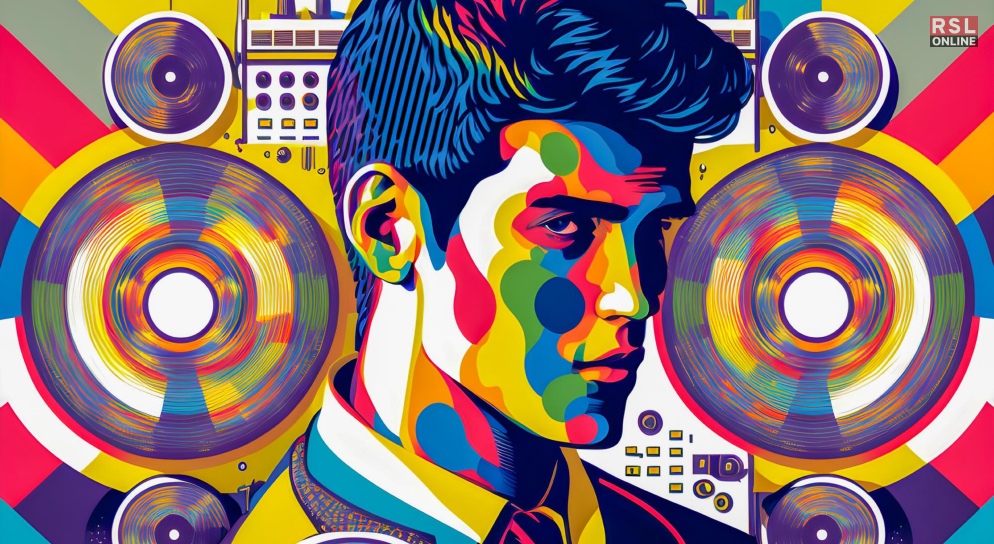
Pop music is often characterized by catchy melodies and their simple yet danceable rhythm. But that is not all! There are several elements in this musical genre that gives it the taste and feel which it is known for.
What are they?
Well, here are some of them:
Hooks and Riffs: These are short and memorable musical phrases that repeat throughout the song and grab the listener’s attention. They can be vocal or instrumental and usually appear in the chorus or the song’s intro. For example, the hook of “Bad Romance” by Lady Gaga is the “ra-ra-ah-ah-ah” part that everyone can sing along to.
Verse-chorus Structure: This is the most common form of pop song, where the verses tell a story or set up a situation, and the choruses provide the main message or emotion of the song. The verses and choruses usually have different melodies and chords but share the same tempo and key. For example, the verse-chorus structure of “Shape of You” by Ed Sheeran is: verse 1, chorus, verse 2, chorus, bridge, chorus, chorus.
Danceability: This is the quality of pop music that makes it easy and fun to move to. The beat, the rhythm, the tempo, and the groove of the song influence it. Pop music often uses electronic drums, synthesizers, and bass to create a strong and steady dance beat. For example, the danceability of “Can’t Hold Us” by Macklemore & Ryan Lewis is high, as it has a fast tempo, a syncopated rhythm, and a catchy groove.
The Birth of Pop Music (1950s-1960s)
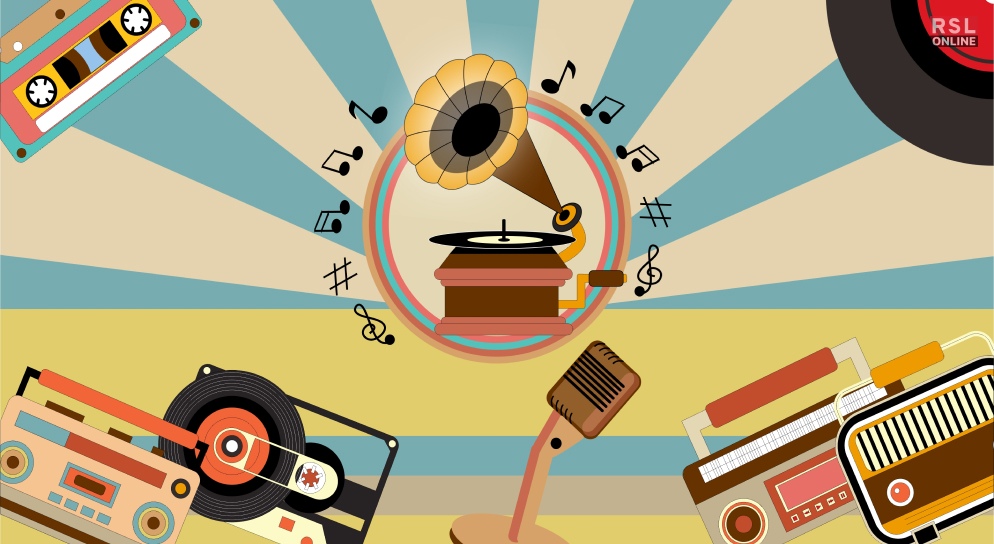
Pop music emerged as a separate genre in the 1950s and 60s, fusing elements of country, rock and roll, and rhythm and blues.
Soulful voices and emotional depth were added by rhythm and blues, while rock and roll provided its upbeat rhythms and rebellious attitude. Furthermore, sincerity and storytelling were introduced to the genre by country music.
Additionally, you need to know that this was the time when pop music began to take shape. Why? Well, it is mainly because of the introduction of legendary male pop performers like Elvis Presley, The Beatles, and Motown acts.
Pop music became more widely known thanks to technological innovations like radio and television, which gave performers more visibility and made it possible for them to interact with fans on a bigger scale.
Diversification and Experimentation (1970s-1980s)
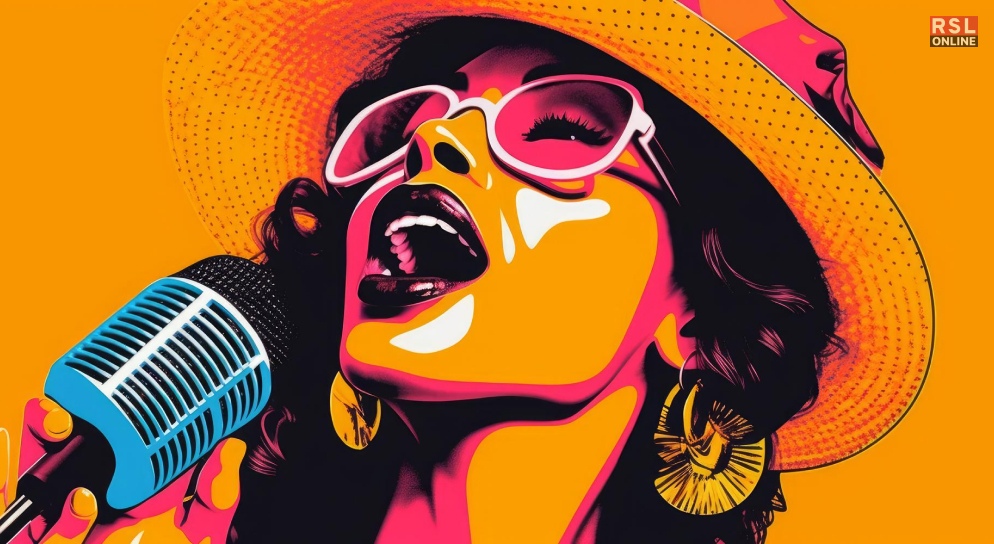
The 1970s and 1980s saw a diversification of pop music into subgenres such as new wave, punk, funk, and disco.
During this time, influential musicians like Madonna, The Clash, Donna Summer, and Prince had a significant influence on the genre.
Social and cultural revolutions had an impact on these musical advancements, which reflected the shifting societal views. New sounds and styles were introduced by the subgenres into which pop music expanded.
Funk highlighted tight grooves, punk questioned conventions with its raw intensity, new wave combined pop and rock with synthesizers, and disco brought captivating dance rhythms.
Globalization and Digitalization (1990s-2000s)
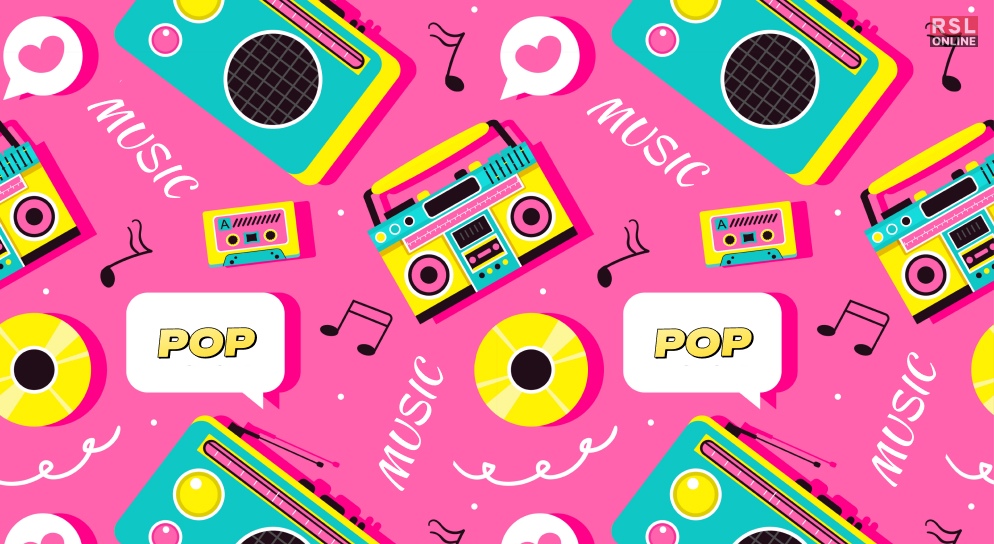
Lastly, we need to talk about Globalization and digitization and how it impacted pop music in the 1990s and 2000s, resulting in a more accessible and varied musical landscape.
Pop music evolved into a more diverse and inclusive musical landscape as a result of the increased impact of different genres and cultures, including Asian, Latin, and hip-hop music.
Additionally, Pop rock, alternative rock, grunge, and Mariah Carey were among the newer genres that arose. However, artists like Michael Jackson, Whitney Houston, Britney Spears, and Mariah Carey ruled the charts.
Pop music production, distribution, and consumption underwent a radical change in these years. This was because of the introduction of the Internet and digital platforms. These things posed both new opportunities and difficulties for consumers and artists.
The Impact of Pop Music on Society

Pop music has profoundly impacted the culture and society of the 20th century and continues to do so.
Pop music has been a source of inspiration, empowerment, and identity for millions of people around the world. Besides, it has also been a catalyst for social change. Thereby, it helped to raise awareness and advocate for causes such as civil rights, feminism, environmentalism, and human rights.
Pop music has also been a medium for creativity, innovation, and collaboration, fostering a sense of community and belonging among music lovers.
What is Pop Now?
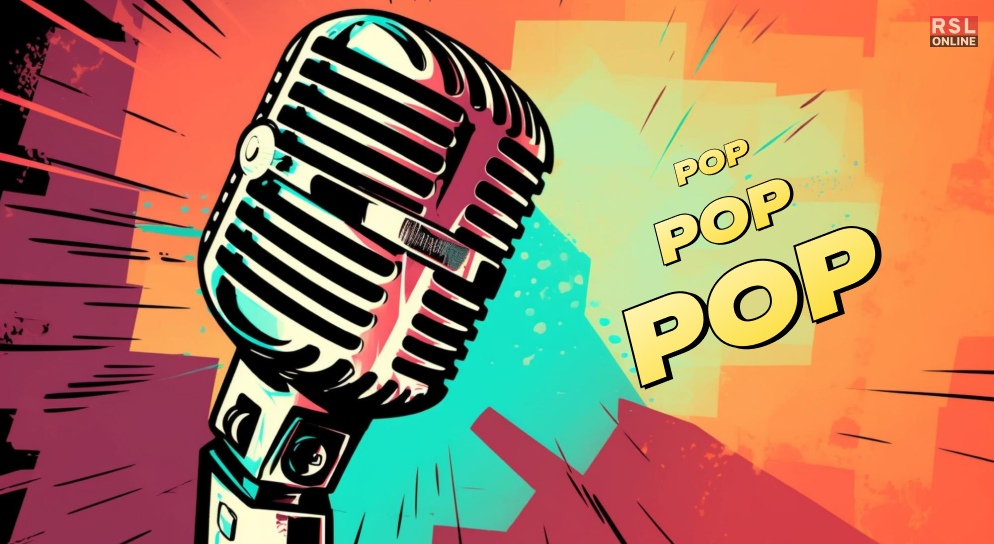
As I have already mentioned, one of the most fascinating aspects of Pop music, or any musical genre to be general, is how it affects society. How it affects the thinking of the people. How it affects the life and lifestyle of the listeners.
To illustrate how pop music influences society, let’s look at two examples of pop music genres that have become very popular in recent years: K-pop and modern pop.
K-pop
Korean pop music, also known as K-pop, originated in South Korea and has spread across the world. K-pop songs are usually performed by groups of young singers and dancers who undergo intensive training and follow a strict image and style.
These songs often combine elements of electronic, hip-hop, R&B, rock, and other genres, creating a unique and diverse sound.
Korean pop genre has a huge impact on society, especially among young people. K-pop fans are very loyal and passionate, forming online and offline communities and supporting their favorite artists.
For example, you might come across ARMY, the fan base of global sensation BTS. Just like any other fans, you might recognize how the fashion (clothes they wear or their hairstyles) and food they consume are influenced by their love for the genre and the music band.
K-pop also promotes Korean culture and language, as well as values such as teamwork, hard work, and self-improvement. Besides, K-pop can also raise awareness and spark conversations about social issues, such as mental health, gender equality, and diversity.
Modern Pop
Modern pop describes the current trend of pop music influenced by urban culture and technology. These songs often feature electronic beats, auto-tune, and catchy hooks.
Modern pop artists also use social media and streaming platforms to reach and interact with their fans and create their own brand and image.
Just like K-pop, it also has a significant impact on society, as it reflects the changing tastes and preferences of the listeners.
For instance, modern pop songs often address topics that are relevant and relatable to the audience, such as love, relationships, self-esteem, and happiness.
Furthermore, it can also inspire creativity and innovation. This is because it encourages artists to experiment with different sounds and styles and collaborate with other genres and cultures.
How Has Pop Genre Changed for the Male Singers?

Let me break it down for you to help you understand better!
In the 1950s and 1960s, pop music was dominated by male singers who had a smooth and crooning voice, such as Frank Sinatra, Nat King Cole, and Elvis Presley. They sang romantic ballads and rock and roll songs that appealed to the young and the old alike. They also had a charismatic and stylish image that made them popular among the fans.
Pop music became more diverse and experimental in the 70s and 80s. Male singers explored different genres and influences, such as disco, funk, soul, and new wave. Some of the prominent male pop singers of this era were Elton John, Michael Jackson, Prince, and David Bowie. They were known for their musical versatility, creativity, and innovation. They also had a distinctive and flamboyant appearance that challenged the norms and expectations of society.
In the 1990s and 2000s, pop music became more global and mainstream, as male singers reached a wider audience through the internet, MTV, and social media. Some of the popular male pop singers of this period were Justin Timberlake, Robbie Williams, Eminem, and Usher. They sang catchy and upbeat songs that blended elements of pop, R&B, hip hop, and dance. They also had a polished and professional image that matched their musical success.
Lastly, when it comes to the In the 2010s and 2020s, pop music became more personal and authentic, as male singers expressed their emotions and opinions through their songs. Some of the current male pop singers are Ed Sheeran, Bruno Mars, Shawn Mendes, and Harry Styles. They sing soulful and acoustic songs that showcase their vocal and songwriting skills. They also have a casual and relatable image that connects with their fans.
How Has Pop Genre Changed for the Female Singers?
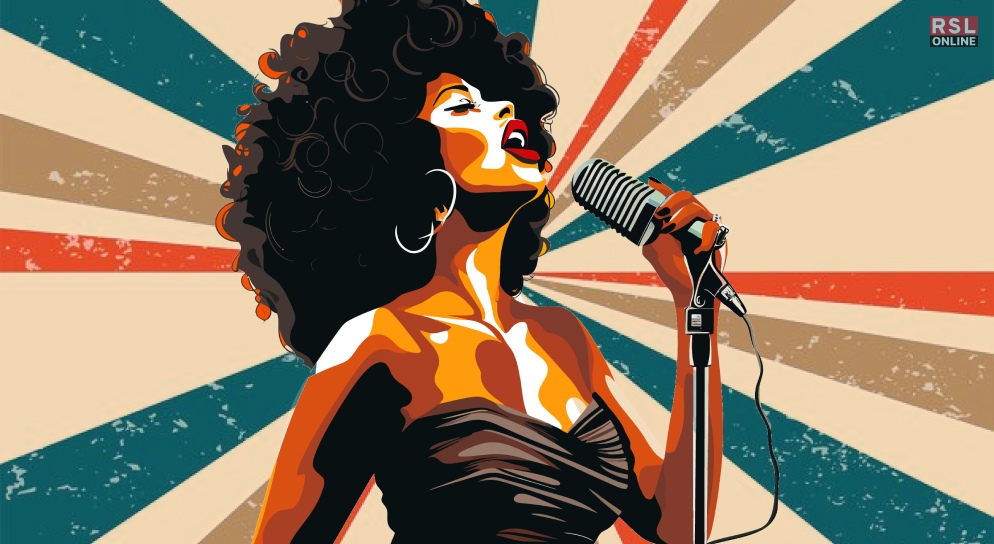
Female pop singers are some of the most talented and influential artists in the music industry, who have shaped the sound and style of pop music in different ways.
In the 1950s and 1960s, pop music was dominated by female singers who had a powerful and soulful voice, such as Aretha Franklin, Ella Fitzgerald, and Etta James. They sang songs that expressed their emotions and experiences. It inspired the civil rights and feminist movements. They also had a classy and elegant image that made them respected among the fans.
In the 1970s and 1980s, pop music became more diverse and experimental, as female singers explored different genres and influences, such as disco, punk, new wave, and synth-pop. Some of the prominent female pop singers of this era were Donna Summer, Blondie, Madonna, and Cyndi Lauper. Popular for their musical versatility, creativity, and innovation, they also had a bold and rebellious appearance, challenging the norms and expectations of society.
The 1990s and 2000s were the era of pop music becoming mainstream. Female singers reached a wider audience through the internet, MTV, and social media. Some of this period’s popular female pop singers were Whitney Houston, Mariah Carey, Celine Dion, and Britney Spears. They sang catchy and upbeat songs that blended elements of pop, R&B, dance, and hip-hop. They also had a polished and glamorous image that matched their musical successes.
In the 2010s and 2020s, pop music became more personal and authentic, as female singers expressed their emotions and opinions through their songs. Some of the current female pop singers are Adele, Beyoncé, Taylor Swift, and Rihanna. They sing soulful and acoustic songs that showcase their vocal and songwriting skills. They also have a casual and relatable image that connects with their fans.
Music with Stats: How Many People Listen to Pop Music?
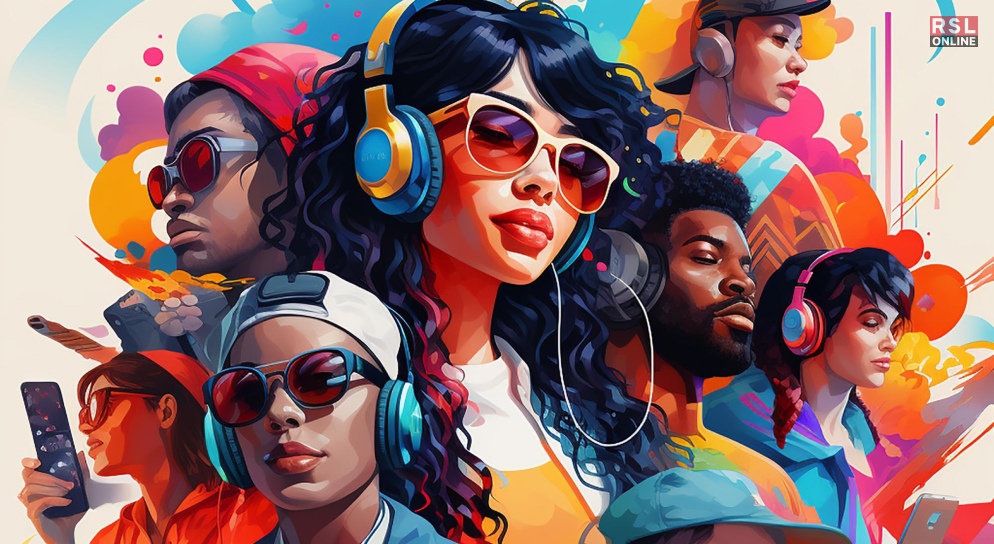
Pop music is a popular genre with many fans and followers worldwide. This is something that we already know. But, how many people actually listen to songs from this genre?
Want to know the answer to this? Well, I have you covered!
According to a survey by Statista, pop music was the most popular music genre worldwide in 2023, with around half of all respondents listening to it. However, the number of pop music listeners may vary depending on the country, region, and age group.
Some of the factors that may influence the number of pop music listeners are:
- The availability and accessibility of music streaming services, such as Spotify, Apple Music, and YouTube Music, allow users to discover and listen to various pop songs and artists from different countries and eras.
- Pop singers are popular and influential, often having a large and loyal fan base, a strong social media presence, and high media exposure. Some of the current pop singers who have a huge global impact are Taylor Swift, Ed Sheeran, Bruno Mars, and Ariana Grande.
- The diversity and innovation of pop music often incorporates elements from other genres, such as rock, R&B, hip-hop, and dance. Pop music also adapts to the changes in culture, technology, and society and reflects the tastes and preferences of the mass audience.
- People have a personal and emotional connection with pop music, which can provide them with entertainment, inspiration, and comfort. Pop music can also help people express their feelings, moods, and identities and relate to others with similar musical tastes.
Therefore, the number of pop music listeners may change over the years depending on these factors. However, pop music will likely remain one of the most popular and influential genres worldwide, as it has a universal appeal and a lasting impact.
Top 5 Most Popular Pop Artists in the World!
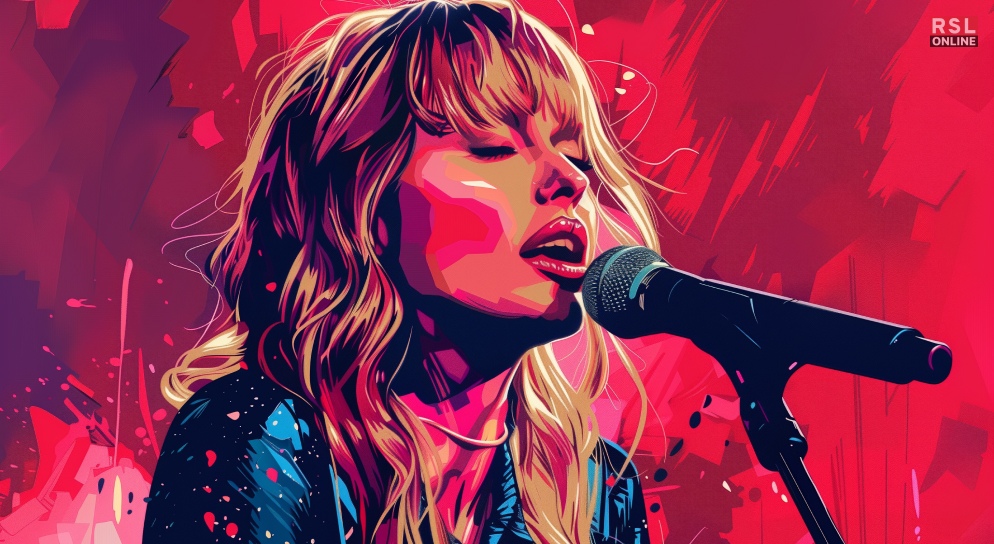
Speaking of pop music, it is impossible not to talk about the most popular ones. And when I say popularity, I am specifically talking about the ones who have massive fan following!
Here is a list of the five most popular pop singers and artists of this age:
1. Taylor Swift
Taylor Swift is currently one of the most popular and successful pop artists. This American singer, songwriter, and record producer has sold over 200 million records worldwide and won 11 Grammy Awards, including three Album of the Year awards.
Probably the best thing that she could do for herself as well as her Swifties, is re-releasing her popular songs from her previous albums with the tag Taylor’s Version!
Some of her most popular songs are Shake It Off, Blank Space, You Belong with Me, and Willow. Her music promotes themes such as love, empowerment, self-expression, and resilience.
2. Ed Sheeran
He is a British singer, songwriter, and musician who is one of the best-selling and most-awarded artists of all time. He has sold over 150 million records worldwide and won four Grammy Awards, two Brit Awards, and an MTV Video Music Award.
The Perfect singer is also known for his collaborations with artists such as Beyoncé, Justin Bieber, and Stormzy. Some of his most popular songs are Shape of You, Perfect, Thinking Out Loud, and Bad Habits. His music promotes themes such as romance, friendship, nostalgia, and positivity.
3. BTS
Bangtan Sonyeondan, popularly known as BTS, is the third one on this list! They are the boy band from South Korea who have deservingly become a global sensation! Selling over 50 million albums worldwide, they have won numerous awards. These include four Billboard Music Awards, two American Music Awards, and a Grammy nomination.
Breaking into the South Korean music scene with their popular hit Blood, Sweat & Tears from the Wings album, they have one of the biggest fanbases in the world – ARMY! Some of their most popular songs are Dynamite, Butter, Boy with Luv, and Permission to Dance.
BTS promotes themes such as self-love, diversity, social justice, and happiness through their music. They are also known for their social media presence, fan engagement, and philanthropy, such as their partnership with UNICEF.
4. Ariana Grande
The fourth one on this list is none other than Ariana Grande. Known for her strong range of vocals, Ariana is an American singer, songwriter, and actress. She has sold over 85 million records worldwide and won two Grammy Awards apart from other awards.
The POV singer promotes themes such as empowerment, feminism, sexuality, and healing through her music. Some of her most popular songs are Thank U, Next, 7 Rings, Positions, and No Tears Left to Cry.
If there is one thing that makes her HER, it is definitely her long and string ponytail! Besides her songs, she is also known for her acting career, such as her roles in Victorious, Sam & Cat, and Scream Queens.
5. The Weeknd
Lastly, this list cannot end without The Weeknd! This Canadian singer, songwriter, and record producer is one of the most innovative and influential artists at present.
Apart from his gossipy dating life, he is widely known for his achievements. He has sold over 75 million records worldwide and won three Grammy Awards, two American Music Awards, and nine Billboard Music Awards.
Popular for his unique and mysterious persona and his cinematic and futuristic music videos, his music promotes themes such as love, pain, addiction, and redemption. Some of his most popular songs are Blinding Lights, Can’t Feel My Face, Starboy, and Save Your Tears.
Top 10 Richest Pop Musicians in the World!
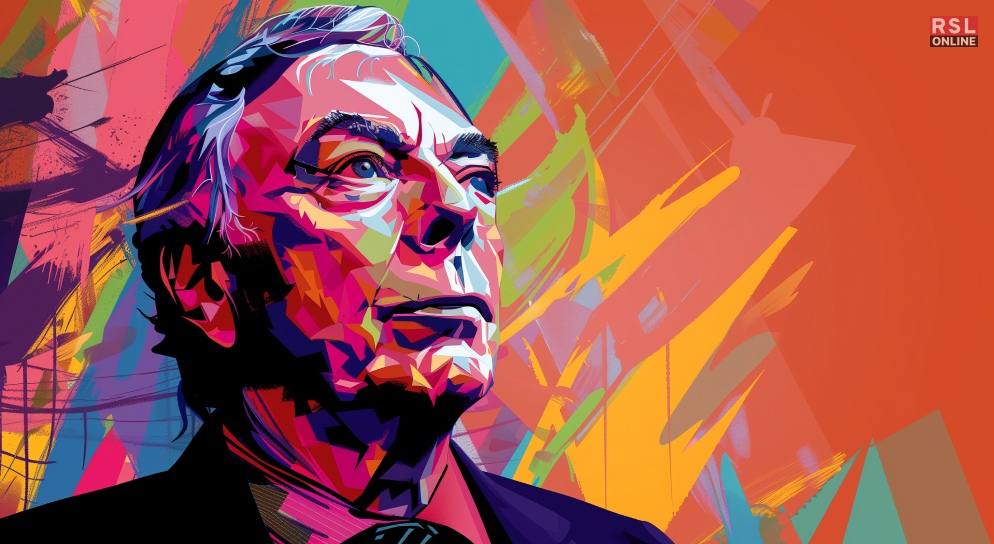
So, you now know almost everything that has to do with Pop music. But you might be wondering who are the musicians with the riches, right?
Well, it is absolutely no surprise that this entertainment industry has perks of its own. And one of these goodies that I am referring to is the money that the musicians earn.
Forget about popularity, there are singers and artists in this pop industry who have earned millions and billions. They might not be alive anymore, but my oh my! Do they NOT have money to sustain their future generations to come!
Wondering who might be on this list? I have you covered! These musicians have achieved their wealth and fame through their musical talent, creativity, and entrepreneurship.
According to various sources, and their estimated net worth, here are the top 10 richest pop singers in the world as of 2024 (psst… you will be shocked to see some of them):
1. Andrew Lloyd Webber
A British composer and impresario of musical theatre, Andrew Webber has written some of the most successful and popular musicals of all time. Some of the most popular ones are The Phantom of the Opera, Cats, and Evita.
He has won numerous awards, including seven Tony Awards, three Grammy Awards, and an Academy Award. His net worth is estimated to be $1.25 billion.
2. Paul McCartney
Singer, songwriter, and musician best known as a member of the Beatles, Paul McCartney, is the next one on this list. We all know that the Beatles is one of the most influential and commercially successful bands in history.
He has also had a successful solo career and collaborated with artists such as Michael Jackson, Stevie Wonder, and Kanye West. With a net worth of around $1.2 billion, he has won 18 Grammy Awards and was knighted by Queen Elizabeth II.
3. Taylor Swift
Let’s be honest; you knew this was going to be on this! Taylor Swift is not only one of the most popular pop musicians at present. She is one of the most popular and influential artists of the 21st century.
Swift has sold over 200 million records worldwide and won 11 Grammy Awards, including three Album of the Year awards.
She is also known for her philanthropy, activism, and business ventures, such as her own record label and streaming service. Besides these, she is also known for her progressive views on women empowerment.
Not shying away from calling a spade a spade, the Love Story singer’s net worth is estimated to be $1.1 billion.
4. Sean “Puffy” Combs
You know him by many names, like Puff Daddy, P. Diddy, or just Diddy. But he is none other than Sean Combs!
A rap legend, a hitmaker, a mogul, and a boss, Sean runs Bad Boy Entertainment. You might know about it as the powerhouse that gave us icons like Biggie, Mary J, and Mariah.
He also has his hands in clothing, drinks, and TV shows. His net worth is a whopping $1.0 billion.
5. Madonna
She is Madonna, the ultimate pop queen and a legend in her own right.
Madonna has rocked the world with her music, her movies, and her awards. She has sold more than 300 million albums and won Grammys, Golden Globes, and an Oscar.
She is always changing, always daring, and always caring. She is a rebel, a pioneer, and a philanthropist. Her net worth is a staggering $850 million.
6. Herb Alpert
Also known as the master of the trumpet, Herb Alpert is the next one on the list! He is an American musician, record producer, and philanthropist, who is best known as the King of Latin jazz.
He was the leader of the Tijuana Brass, a band that popularized Latin music in the 1960s. He is also the co-founder of A&M Records, a label that has signed and produced artists such as The Carpenters, Janet Jackson, and Sting.
Currently at the age of 88, some of his most popular songs are A Taste of Honey, Tijuana Taxi, and Making Love in the Rain. He has won nine Grammy Awards and received the National Medal of Arts. His net worth is estimated to be $850 million.
7. Celine Dion
If there can be someone called the voice of a generation, it must be her! Celine Dion is not a name that anyone can forget.
This popular singer, who is best known for her song Heart Will Go On is known for her powerful vocals. She is a Canadian singer, songwriter, and actress, who is one of the best-selling and most awarded artists of all time.
She has sold over 200 million records worldwide and won five Grammy Awards, two Academy Awards, and two Golden Globe Awards. She is also known for her residency shows in Las Vegas, which have grossed over $700 million. Her net worth is estimated to be $800 million.
8. Bono
He is an Irish singer, songwriter, and activist who is the lead vocalist and lyricist of U2, one of the most successful and influential rock bands of all time. He has rocked the world with his band, his lyrics, and his awards.
Bono has sold over 170 million records worldwide and won 22 Grammy Awards, two Golden Globe Awards, and an Academy Award. He is also known for his humanitarian and political work, such as co-founding the ONE Campaign and RED.
He has met with presidents, popes, and celebrities to raise awareness and funds. He is a singer, a songwriter, and a leader. He is a rebel, a visionary, and a philanthropist. His net worth is estimated to be $720 million.
9. Dr. Dre
He is an American rapper, record producer, and entrepreneur, who is considered one of the pioneers and innovators of hip-hop and rap music. He is the founder and CEO of Aftermath Entertainment and Beats Electronics, which have produced and endorsed artists and products such as Eminem, 50 Cent, Kendrick Lamar, and Apple. He has won six Grammy Awards and received the Grammy Legend Award. His net worth is estimated to be $700 million.
10. Jay-Z
He is an American rapper, songwriter, record executive, and entrepreneur, who is widely regarded as one of the greatest and most influential rappers of all time. He has sold over 100 million records worldwide and won 23 Grammy Awards, the most by a rapper. He is also the founder and owner of Roc Nation, an entertainment company that manages artists, sports, and media. He is also involved in various business ventures, such as Tidal, Rocawear, and D’Usse. His net worth is estimated to be $600 million.
The Future of Pop Music
Pop music is constantly evolving and adapting to the changing times and tastes of society. Besides, this music genre is also facing new challenges and opportunities in the 21st century, such as the rise of streaming services, social media, and artificial intelligence.
This genre will continue to explore new sounds, styles, and genres, as well as new ways of engaging and interacting with audiences.
Pop music will also continue to influence and be influenced by other aspects of culture and society, creating a dynamic and vibrant musical landscape.
Pop music is more than just a genre of music. It is a cultural phenomenon that has shaped and influenced the world we live in today.
This music genre is a powerful force of expression, innovation, and transformation, that reflects and impacts the culture and society of each era. Moreover, it is also a diverse and inclusive musical genre that celebrates and embraces the diversity and creativity of humanity.
Pop music is a musical revolution that has changed the world and will continue to do so in the future.
Read Also:

















